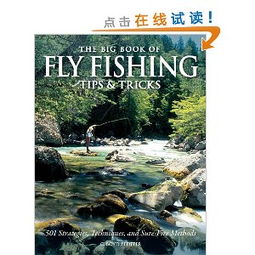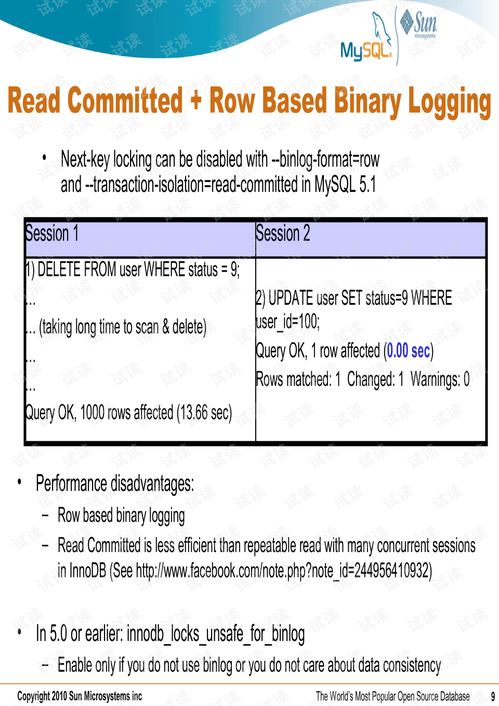Content:
Fishing, an age-old pastime, has evolved over the years to include a variety of techniques and methods. One such technique that requires a certain level of skill and strength is lifting heavy loads while fishing. Whether you're targeting large fish or simply need to move heavy equipment, knowing how to pull heavy objects effectively is crucial. In this article, we will delve into the essential techniques for lifting heavy loads while fishing, ensuring a safe and successful experience on the water.
Understanding the Equipment
Before we dive into the techniques, it's important to understand the equipment you'll be using. The most common tools for lifting heavy loads while fishing include:
- Fishing Rod and Reel: The foundation of your fishing setup, the rod and reel will be your primary tool for reeling in heavy loads.
- Leaders and Lines: Strong and durable leaders and lines are essential for handling heavy fish without breaking.
- Hooks and Lures: The right hooks and lures can make the process of lifting heavy fish much easier.
- Bags and Tackle Boxes: For storing and transporting heavy equipment, these bags and boxes can be a lifesaver.
Technique 1: The Proper Grip
The first and most important technique for lifting heavy loads while fishing is to develop a proper grip. Here's how to do it:
- Grasp the Rod Firmly: Hold the fishing rod with a firm but not overly tight grip. Your thumb should be wrapped around the handle, while your fingers provide support.
- Keep the Arm Close to the Body: Your arm should be close to your body, with the rod running along your forearm. This helps to distribute the weight and prevent strain.
- Use Your Entire Body: Engage your entire body, not just your arms, when lifting. Use your legs and core to generate power and stability.
Technique 2: The Right Angle
The angle at which you lift the heavy load can significantly impact the ease and safety of the process. Here's how to do it right:

- Start with a Bent Angle: Begin by bending the rod at a 45-degree angle. This provides a natural bend in the rod, which helps to absorb the weight.
- Maintain the Angle: As you lift the load, keep the rod at a consistent angle. Avoid straightening the rod abruptly, as this can cause strain or even injury.
- Adjust as Needed: If the load is particularly heavy, you may need to adjust the angle slightly to maintain control and prevent the rod from bending too much.
Technique 3: The Reeling Technique
Reeling in a heavy load is a delicate process that requires precision and control. Here are some tips to help you master this technique:
- Start Slowly: Begin reeling in slowly and steadily. This helps to maintain control and prevent the line from tangling.
- Use Short, Steady Movements: Reel in the line in short, steady movements. This ensures that the load is gradually brought closer to you without causing strain.
- Avoid Quick Jumps: Quick jumps or sudden movements can cause the line to snap or the fish to escape. Stay calm and maintain a consistent pace.
Technique 4: The Transfer Technique
Once you've successfully reeled in the heavy load, you'll need to transfer it to a safe location. Here's how to do it:
- Secure the Load: Before attempting to move the load, ensure that it is securely attached to the rod and that the line is taut.
- Use a Bag or Tackle Box: Place the load in a sturdy bag or tackle box to provide additional support and stability.
- Lift with Proper Form: Use the same techniques for lifting as described earlier, ensuring that you maintain a proper grip and angle.
Safety Precautions
When lifting heavy loads while fishing, safety should always be your top priority. Here are some important safety precautions to keep in mind:
- Warm-Up: Before you start fishing, warm up your muscles to prevent strain or injury.
- Listen to Your Body: If you feel pain or discomfort while lifting, stop immediately and seek medical attention if necessary.
- Use Proper Equipment: Ensure that your fishing rod, line, and other equipment are in good condition and capable of handling the weight.
- Ask for Help: If the load is particularly heavy, don't hesitate to ask for help from a friend or fellow angler.
In conclusion, mastering the art of lifting heavy loads while fishing requires a combination of proper technique, equipment, and safety precautions. By following the techniques outlined in this article, you can ensure a safe and successful fishing experience, whether you're targeting large fish or simply moving heavy equipment. Happy fishing!












